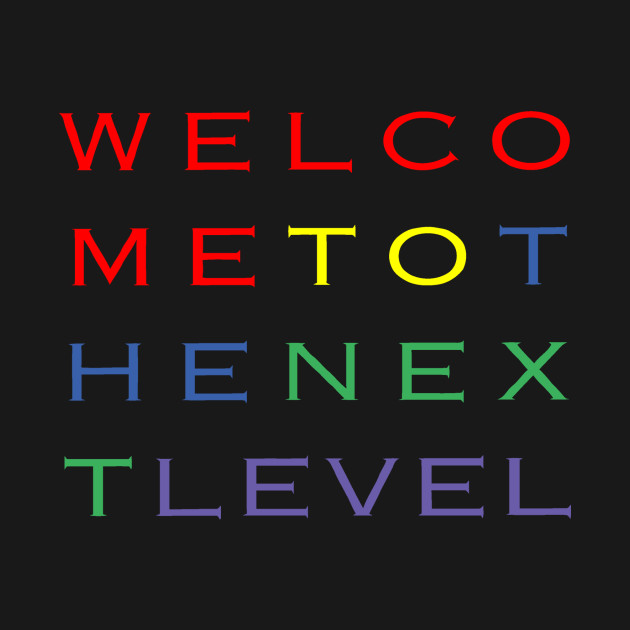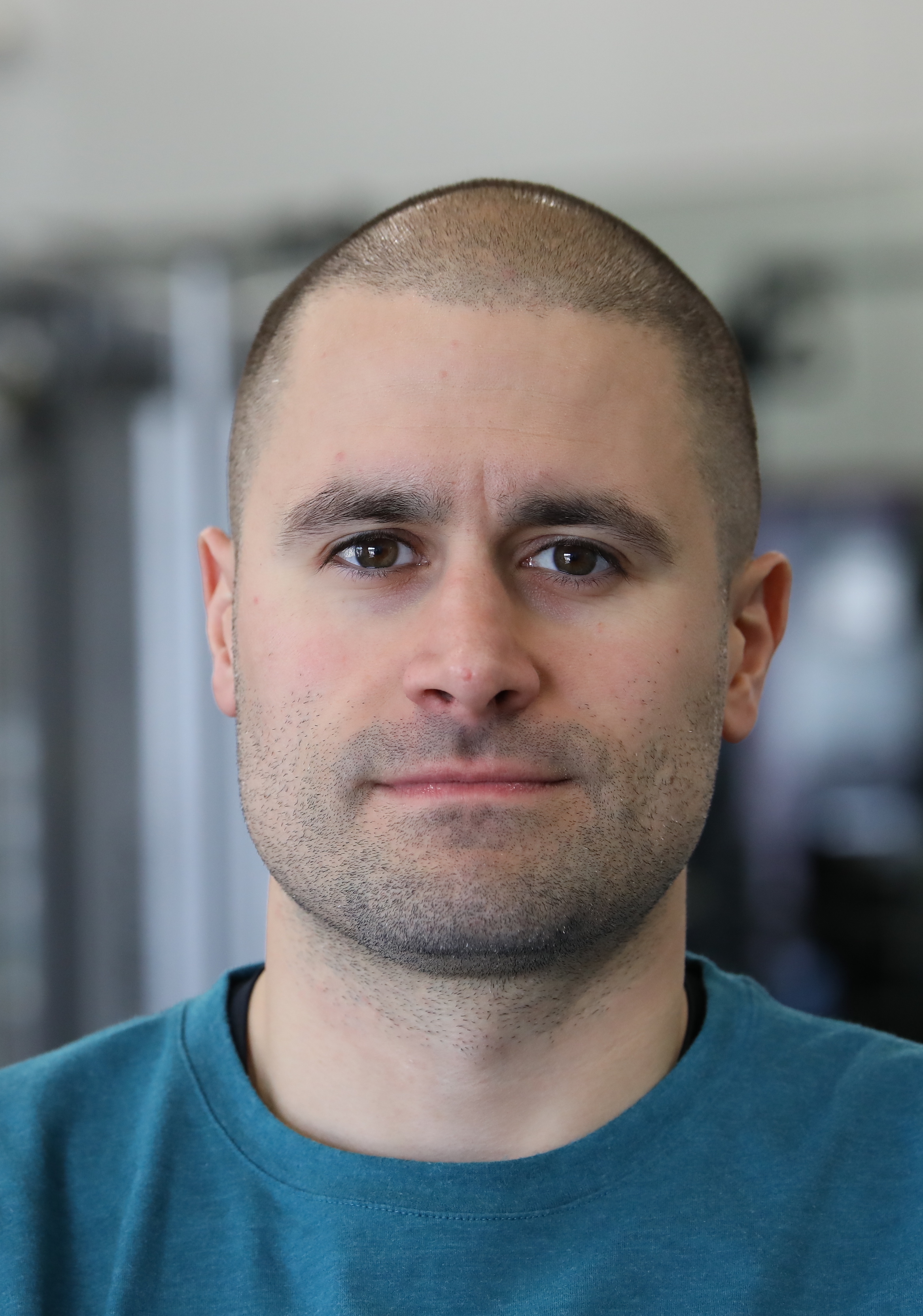6 THINGS I'VE LEARNED IN MY 6 SEASONS AS AN NBA STRENGTH & CONDITIONING COACH

Sports medicine or strength & conditioning in pro sports is a different beast versus the clinical setting. This is one of the things that drew me to my previous position as the Head Strength & Conditioning Coach of the LA Lakers. I wanted the opportunity to work at the highest level but I also wanted the opportunity to grow and learn at the highest level. During my 6 seasons as a strength coach in the NBA, here are 6 things that I've learned:
1. Pro athletes don't need the weight room to make highlights, they need the weight room to endure highlights.aking highlights is what got most pro athletes to the big show - it's easy for them. If they want to make a career out of making highlights on a nightly basis, then they will need reinforcements beyond impressive skill and athleticism. They need to build up their support structures that endure the repeated explosive and often jarring displays of athleticism. The weight room is where bones, tendons and ligaments get the loading that they need to be strong enough to endure the highlights.
2. Many pro athletes make it to the top with minimal or no exposure to the weight room.'ve come across many young NBA players who worked very hard on skill development and had the necessary athleticism to get to the pros without having to spend much time in the weight room along the way. This is a problem because weight lifting is a skill that requires repetition to get better at and benefit from. Some players might be able to get to the pros without spending much time in the weight room but if you want to stay there, it needs to be part of the daily routine.
3. Core awareness is critical. Especially in the NBA where tall players are normal players, it's crucial for athletes to have great core awareness. In other words, training and learning how to control the pelvis and all connecting muscles is absolutely mandatory. Controlling the pelvis during workouts and during sport performance is necessary to safely perform at the highest level. Here's an article I wrote about the Best Core Exercise That You're Not Doing.
4. Charter flights and 5-star hotels are lovely but they don't protect from the effects of chronic travel. Pro athletes travel and have more things pulling them in more directions than ever before. This requires better attention to recovery strategies to stay healthy. Since baller planes and hotels aren't the trick to better recovery, pro athletes need to take recovery fundamentals seriously. Ice baths, compression stockings, manual soft tissue work, hydration, foam rolling, stretching and taking sleep seriously are all ways to pump up your recovery skills. Check out this recent article I wrote on 7ecrets to Better Sleep.
5. Pro athlete or not, the human body will never respond well to drastic spikes in workloads. This can become an issue when athletes return from injury or return from off-season vacations and then try to - or are expected to - go from 0 to 100 in sport activities. This can be avoided by ramping up gradually during return to play or return from off-season situations.
6. They don't teach you how to work with athletes and certainly not pro athletes in school.nbsp;My 7 years of school prior to joining the industry, including 4 years of undergrad and 3 years of grad school, served as an amazing foundation for what I wanted to do: work with the athletic population and help people reach their physical potential. That being said, working with athletes and specifically pro athletes is a skill set that can only be perfected one way: by working with athletes. Whether you are looking to work with pro athletes or athletes at any level, the best way to learn is to get time under your belt training athletes; real athletes. Athletes of any level but real athletes. When I look back at what prepared me for this job, it was the time I spent early in my career volunteering and looking for opportunities to work with athletes in a performance training session. Get in the trenches. It doesn't matter the level. Train them, learn how to work with them and learn what works and what doesn't. Train every person you are working with as if they are Kobe Bryant.

Tim DiFrancesco, PT, DPT, ATC, CSCS spent 6 seasons as the Head Strength & Conditioning Coach of the Los Angeles Lakers and is the founder of TD Athletes Edge. He is nationally renowned for his evidence-based and scientific approach to fitness, training, nutrition, and recovery for athletes and fitness enthusiasts.
For training and nutrition advice, follow us on:
• Twitter http://twitter.com/tdathletesedge
• Facebook http://www.facebook.com/tdathletesedge
• Instagram http://instagram.com/tdathletesedge
• YouTube https://www.youtube.com/user/tdifranc1
• Sign up for our newsletter and follow our blog at http://www.tdathletesedge.com
ABOUT THE AUTHOR

Tim DiFrancesco, PT, DPT spent 6 seasons as the Head Strength & Conditioning Coach of the Los Angeles Lakers and is the founder of TD Athletes Edge. He is nationally renowned for his evidence-based and scientific approach to fitness, training, nutrition, and recovery for athletes and fitness enthusiasts.
